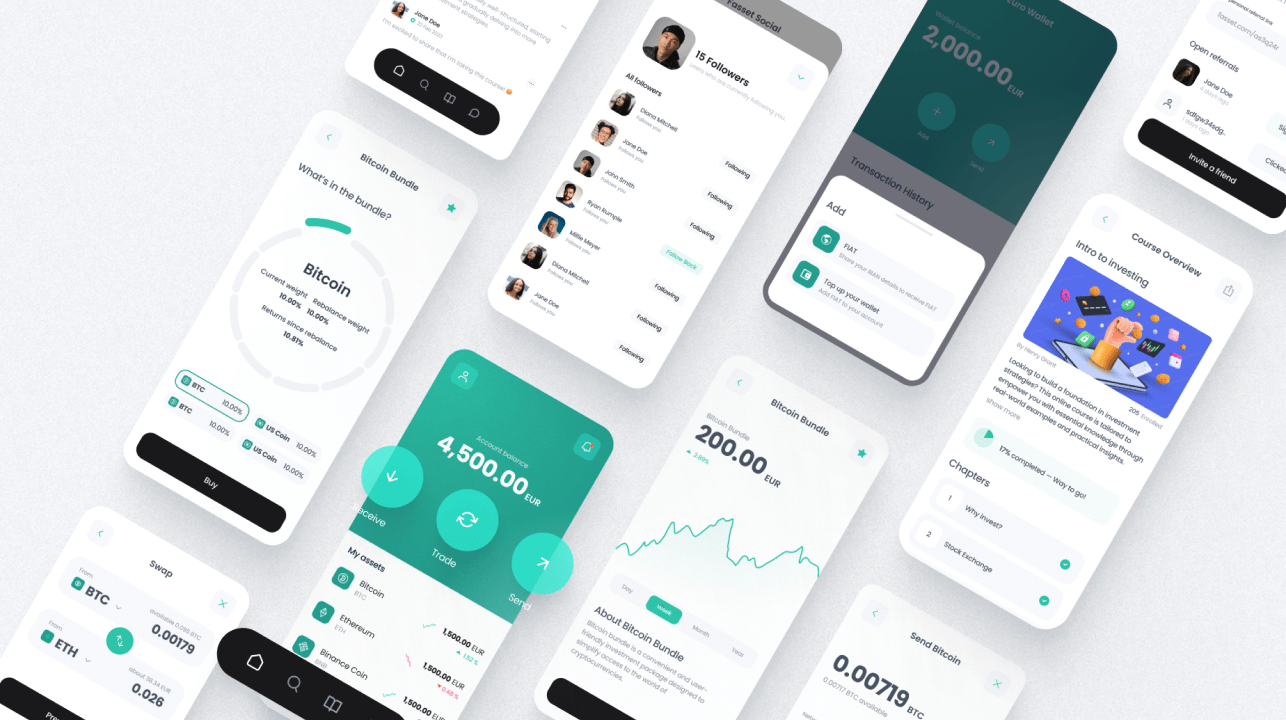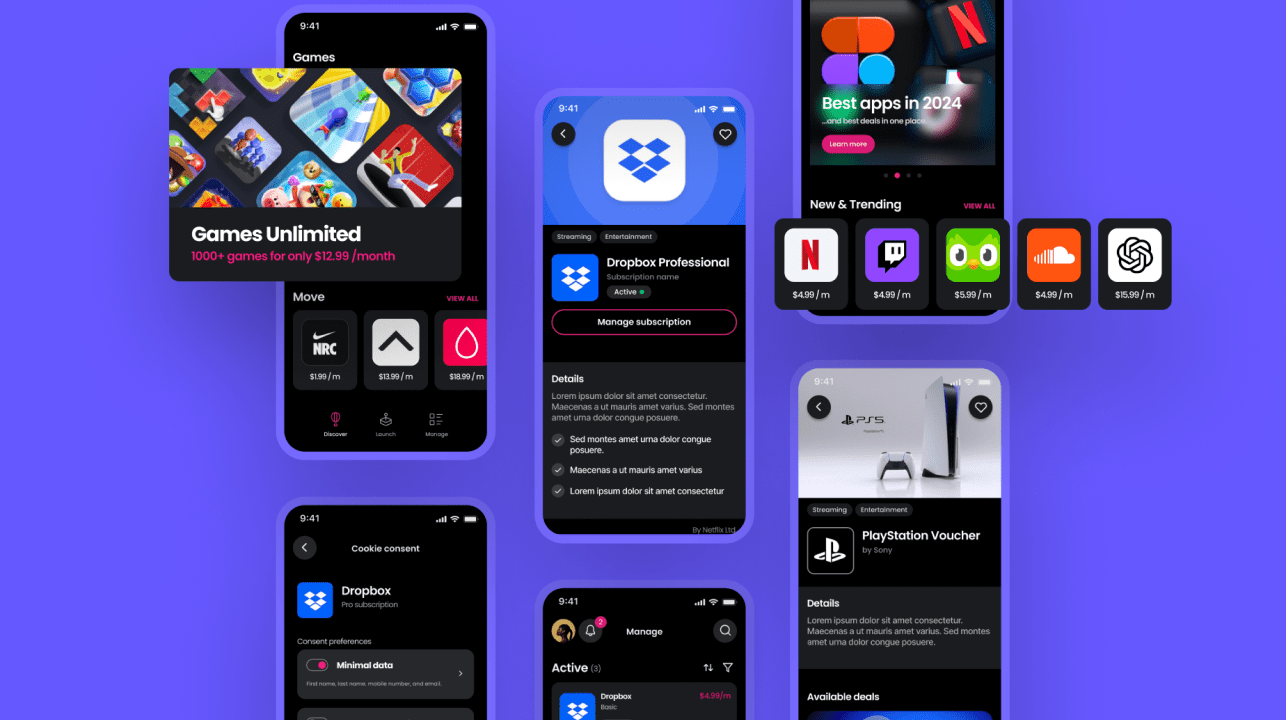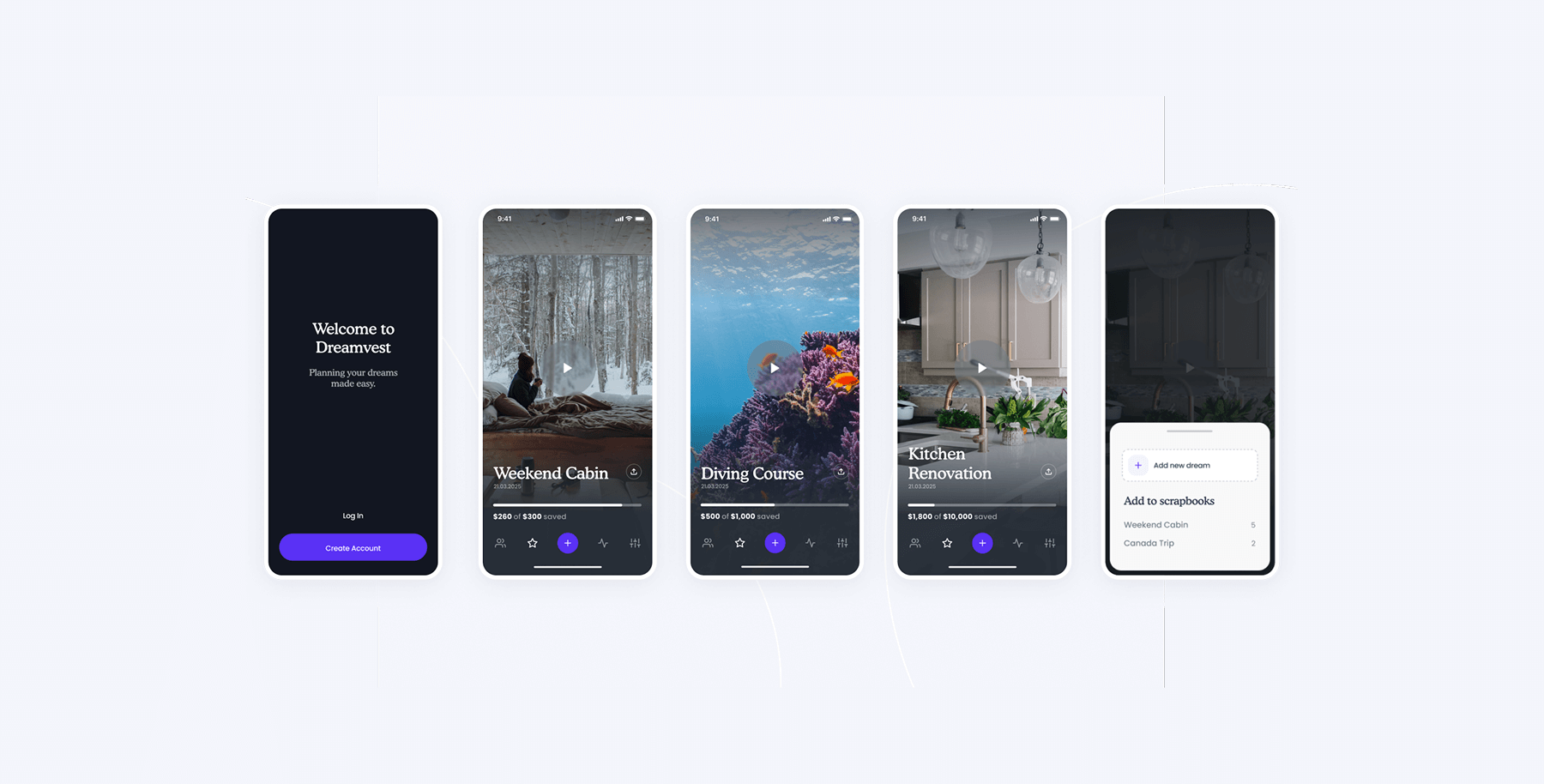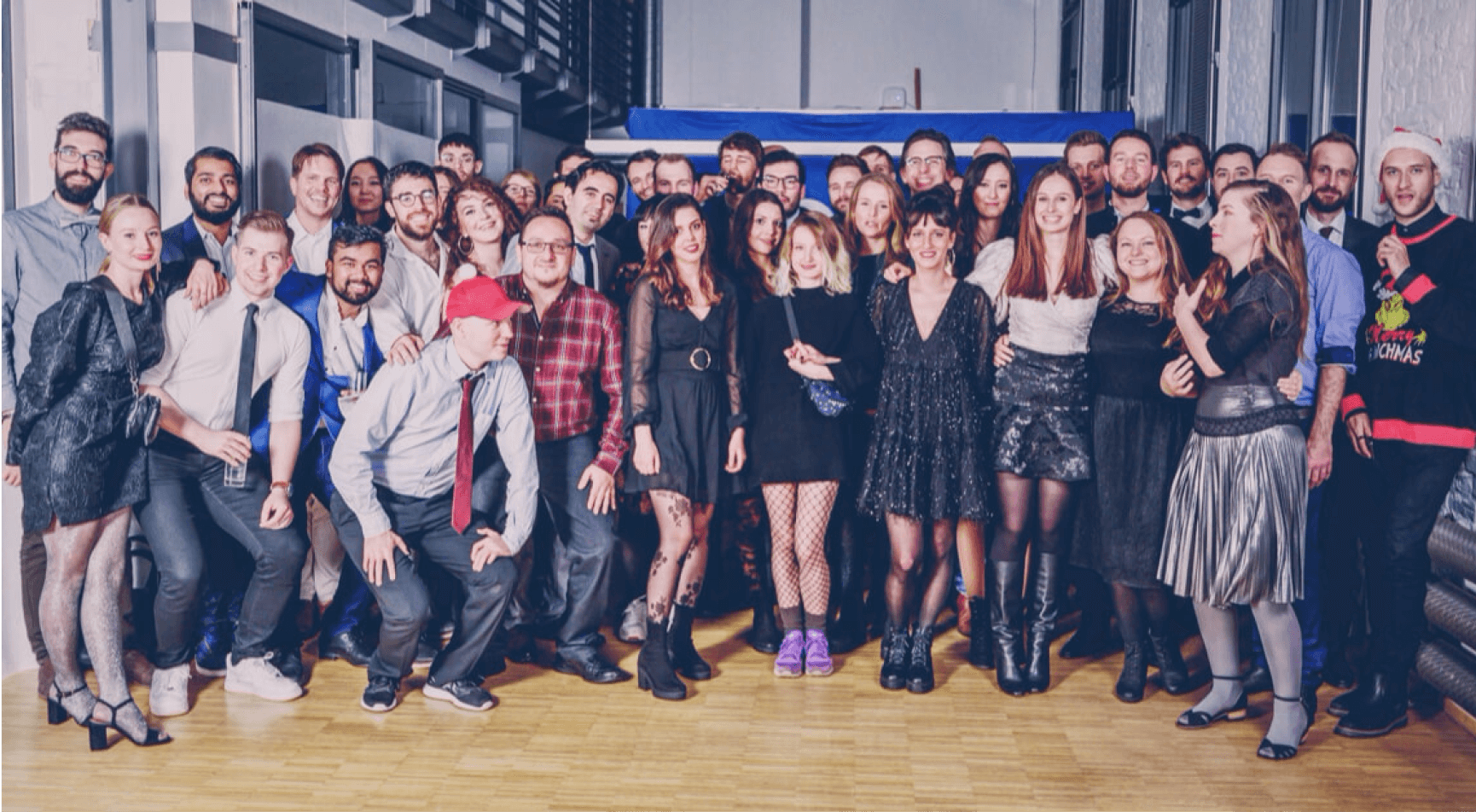
0 to 100€ Million in 4 Years. Lessons in Hypergrowth
Bitwala — Case Study
Summary
Before founding SlowLettuce Studios, our founder, Jeremy, played a pivotal role in scaling Bitwala. Here’s his up close & personal account of the heady hypergrowth and value creation during those years. From a Kreuzberg freelancer to Head of Design at one of Europe’s leading startups.
Project Spotlight
Learning how to create and scale a successful tech product from the ground up
2016 — Early beginnings
In January 2016, I was a freelance web designer. I met the 3 Bitwala founders in a big, empty coworking space. They’d returned to Berlin after several years of digital nomading, ready to start two bold ventures.
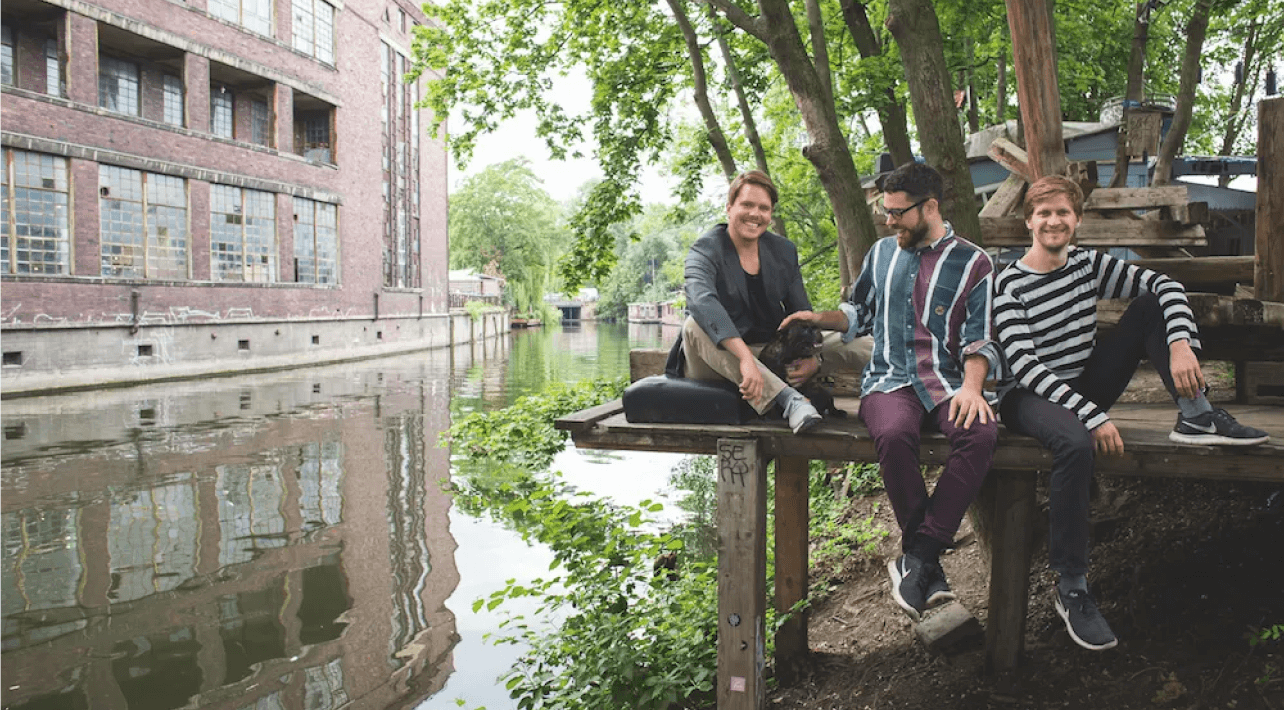
Right from the start, I believed in their success. It’s difficult to pinpoint why. They just seemed to know. Their specialities were unique and complementary. They had the visionary, the builder and the ops wizard. They were already riding a swelling wave, rather than swimming frantically to catch one. They seemed to have all their bases covered — except design.
Creating Transitor — Berlin’s Fintech Hub
One of my first projects for the guys was helping grow the coworking space, Transistor. At the very start, there were just 5 or 6 of us in this big open space. To get profitable, we needed new members — fast. I got to see the strategy unfold firsthand and all the things involved in creating a community.
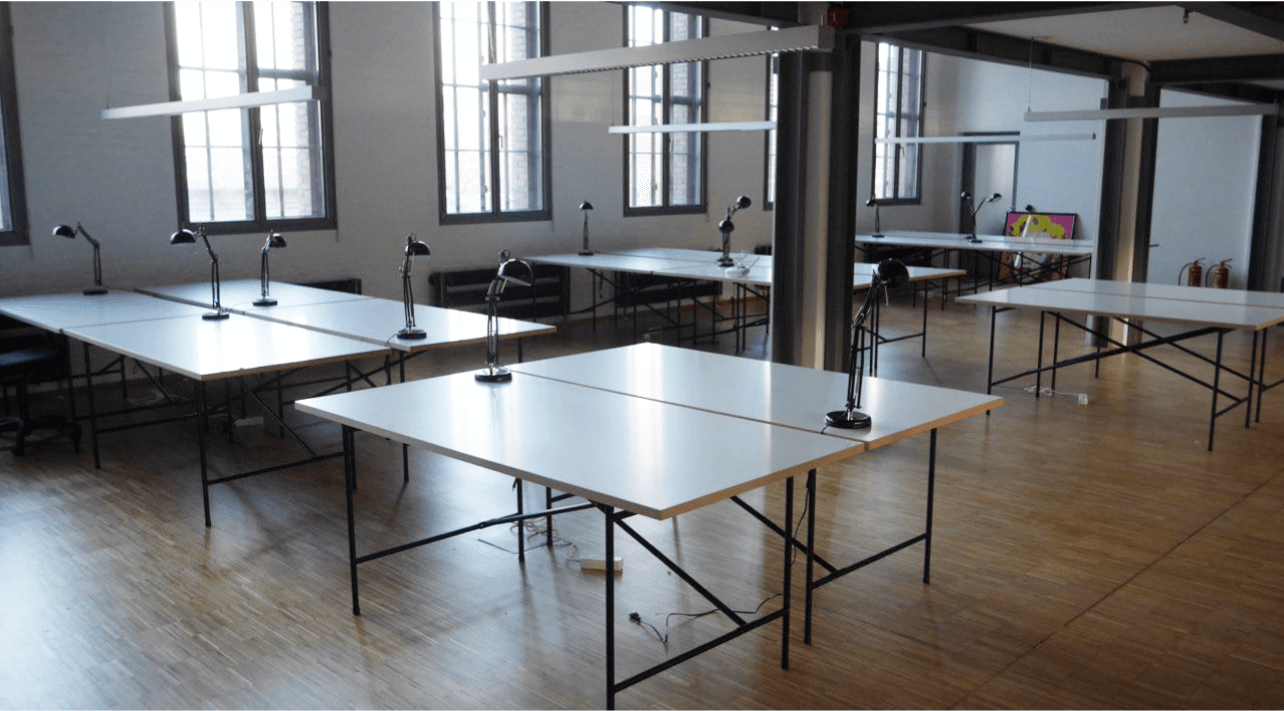
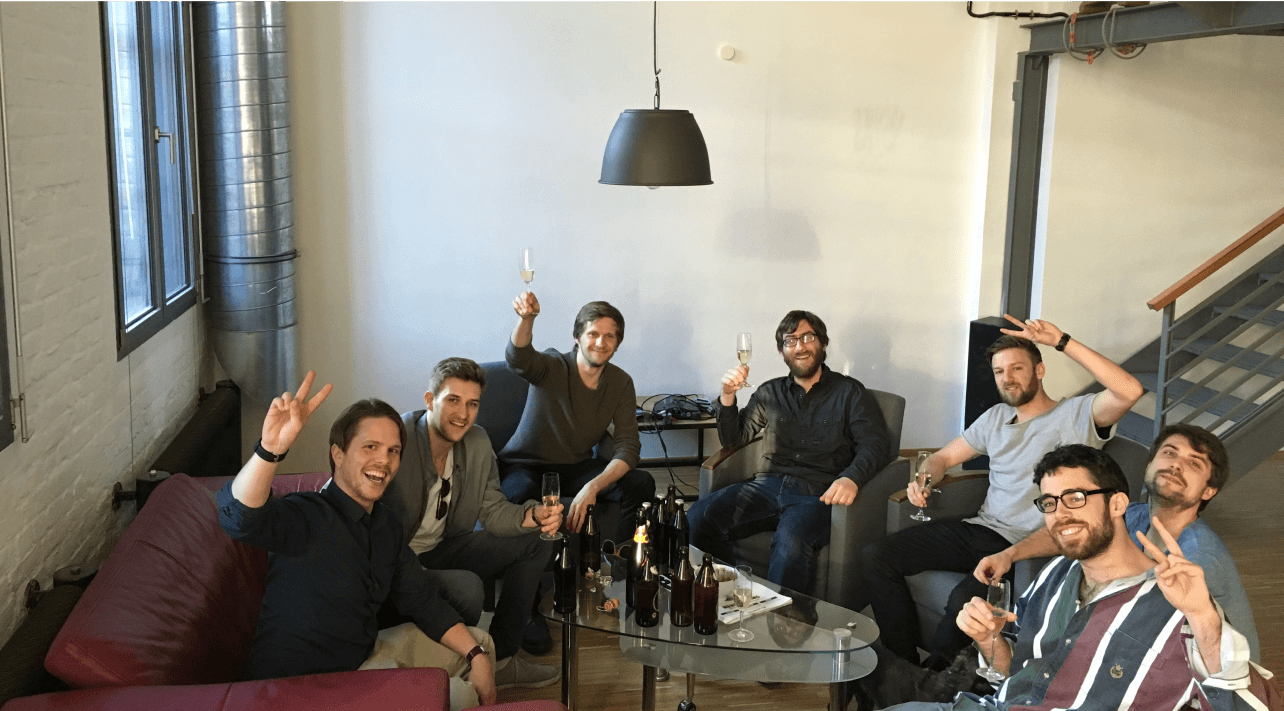
I handled all the marketing materials, redesigned the space’s website, and, following their lead, developed their SEO presence. And it worked. More and more people came to join. Our events got bigger and better. In no time at all, we had other fintech and crypto startups setting up shop with us. Aeternity would go on to raise 24€ million in their 2017 ICO. Another crypto founder would go on to work at Earlybird Venture Capital, later returning to coordinate Bitwala’s 13€ million Series A round in 2019.
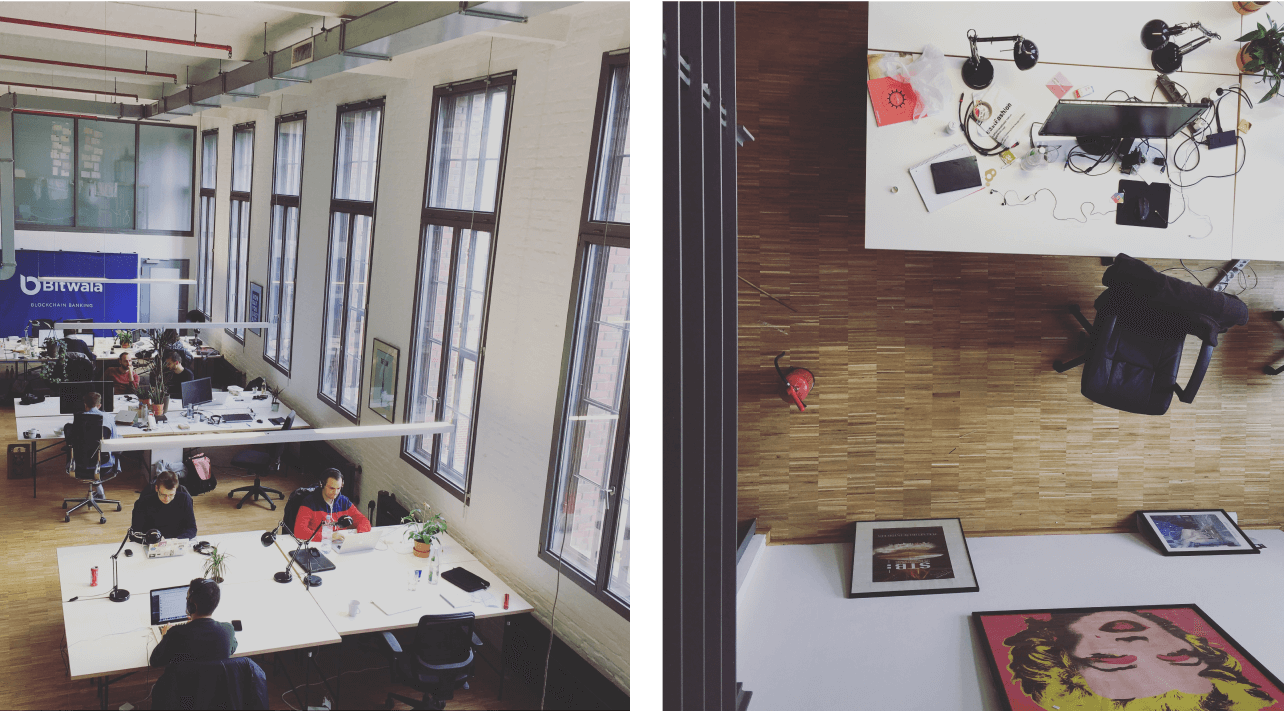
But before the heady funding rounds, we were still a small group of dreamers, shooting our shots, taking risks. Collaborating, competing, and celebrating together.
2017 — Trial by fire
The Bitwala founders were at a conference when I got the message. They needed someone to get their pitch deck presentable — asap. It was 8 pm. We had 4 hours until the deadline. They would be presenting first thing in the morning.
I still remember — working remotely, seeing their strategic thinking up close, bringing it all together just in time — and we won! (The first of many awards that year) The Future FinTech Star Award. Things evolved very quickly after this.
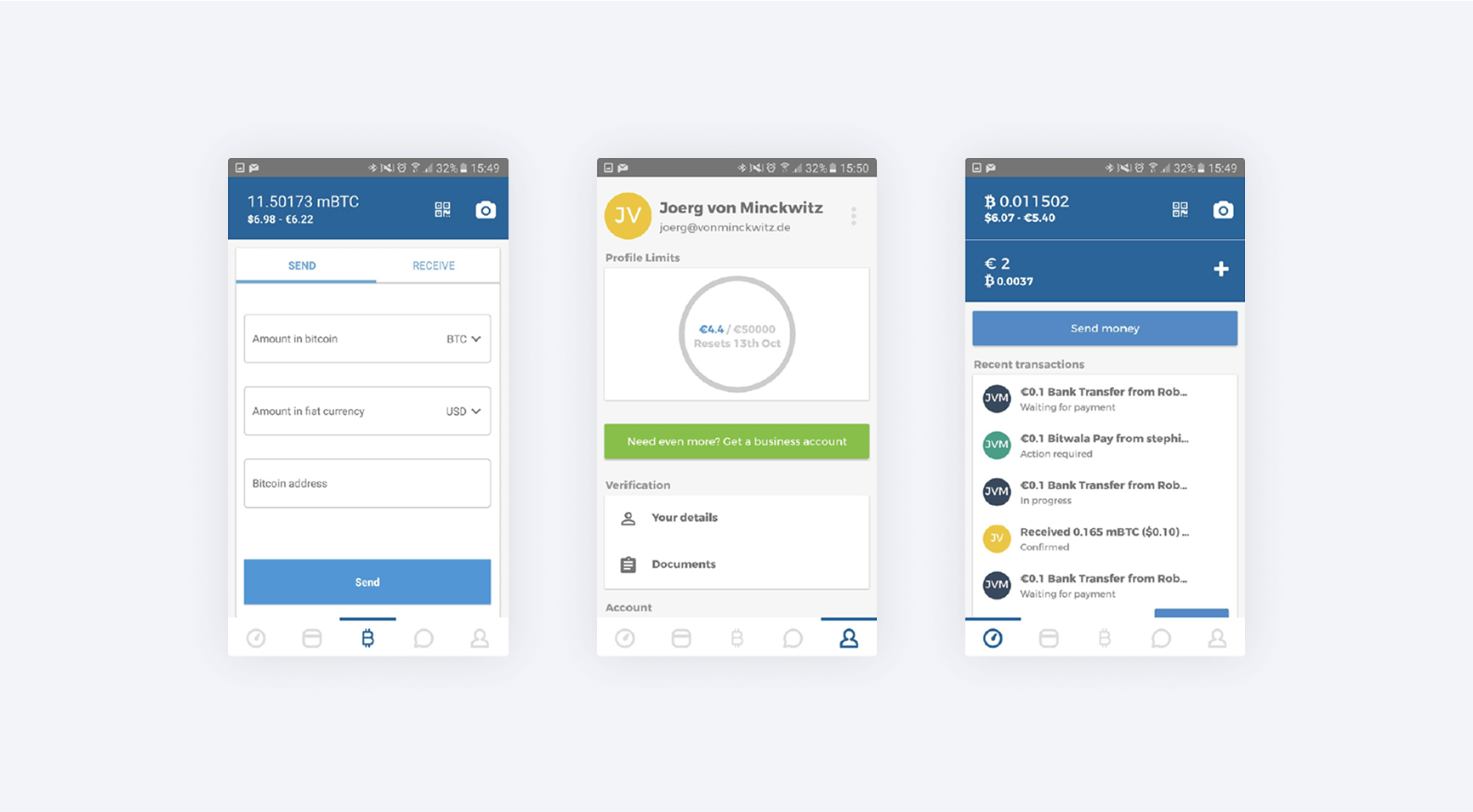
Early Bitwala MVP that raised seed funding
I could sense the opportunity, and the adventure — I wanted in. I made sure to overdeliver on each responsibility they entrusted me with. At first, I took over the Bitwala homesite, handling the build and design. Then I was introduced to the product, the MVP that they’d raised their seed funding with. Fixing small design debt tickets at first. But this quickly grew into designing full views and flows.
Before I knew it, I was part of the team. Whether it was pitch decks, homesite updates, or working on the MVP, I was now Bitwala’s designer.
Lots and lots of Kool-Aid
The founders did an incredible job of creating the Bitwala company culture. We worked together, drank together, travelled together. Once, when company finances were tight, several of us chose to work for free (to be repaid later with interest) to maintain momentum. The investors couldn’t believe it. They’d never seen anything like it before.
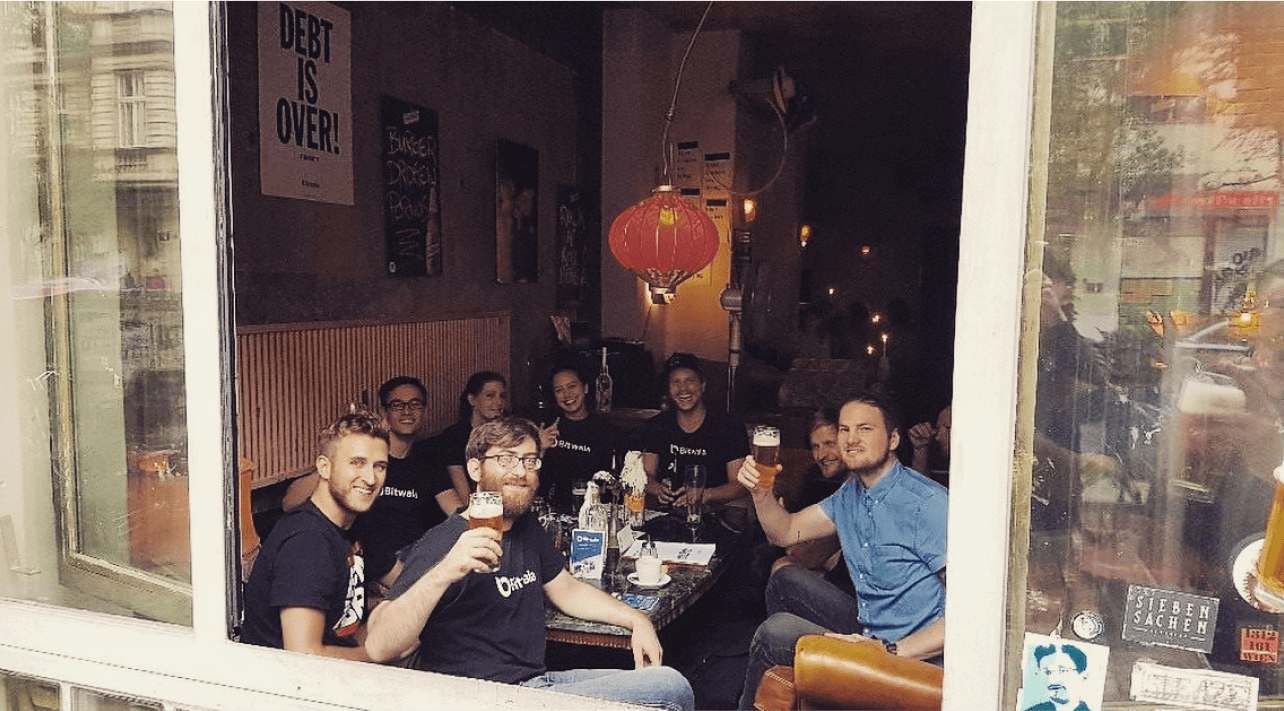
Looking back, yes, we had defined our mission and company values — but most do. What really made the difference was that we as a team truly believed. We were doing something bigger than ourselves.
Bitcoin was still a new technology with an entire philosophy behind it that we were making accessible to the world.
It felt as if we were at the forefront of enormous change. We moved together with a common cause. It was a wonderful feeling.
A product designer’s dream come true
It was exciting to work on the Bitwala MVP, but I was often frustrated. I could see so much potential. The ideas I had were appreciated, but at the same time deprioritised. 'We just don’t have the bandwidth.’ Efforts (rightly) had to stay growth & revenue focused. Consequently, the design debt on the MVP was ghastly.
On one fateful afternoon, the C-Levels pulled us together. I know it was a very tough time for them, but to me, the outcome was wonderful news. “We’re discarding the MVP and rebuilding from the ground up.” And they shared their bold new vision.
We were going to build a bank. And not just any bank, but the world’s first crypto bank account.
It felt as if we were at the forefront of enormous change. We moved together with a common cause. It was a wonderful feeling.
2018 — Designing a blockchain bank — fast
We started with a 5-day off-site sprint to establish the general concept. My concept was chosen as the general structure. We then set about bringing this new vision to life together.
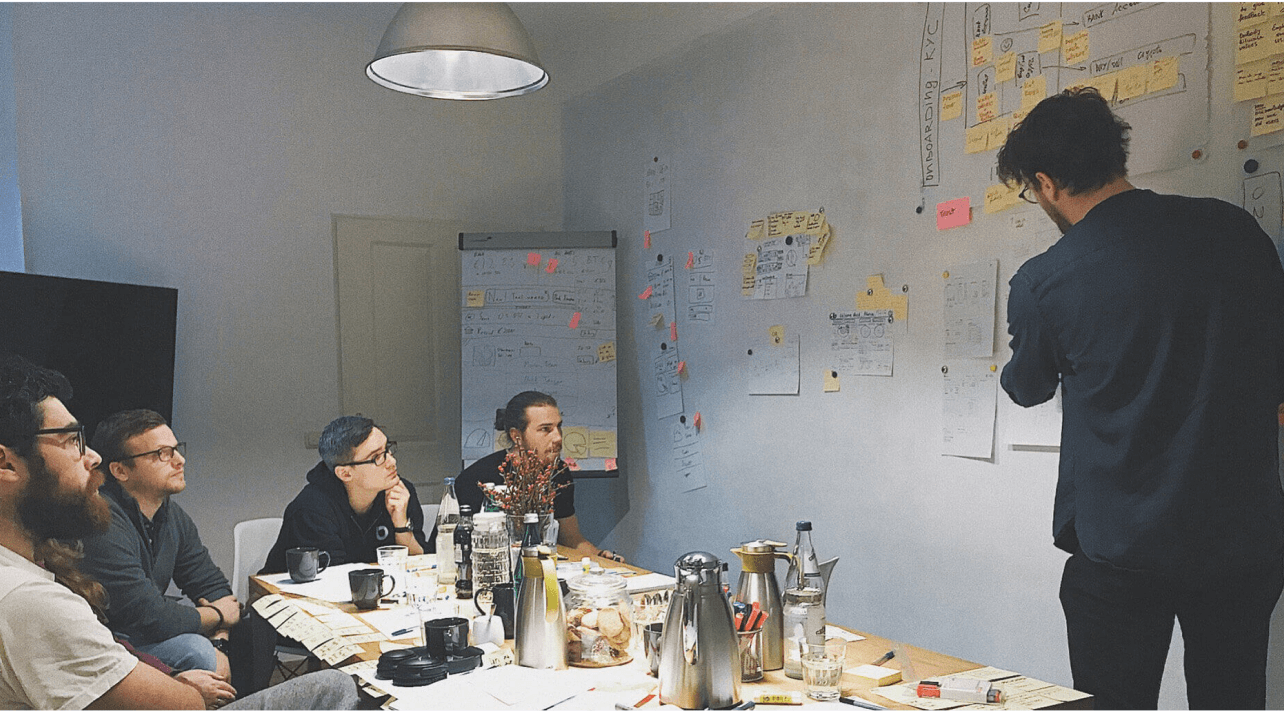
Up to this point, I had been working directly with Ben (the CTO) and the engineers. At this stage, we introduced the product department between design and engineering. Led by our new CPO, Konstantin, the foundations for scaling were laid. The whole org was broken into squads and chapters. Work was broken systematically into sprints.
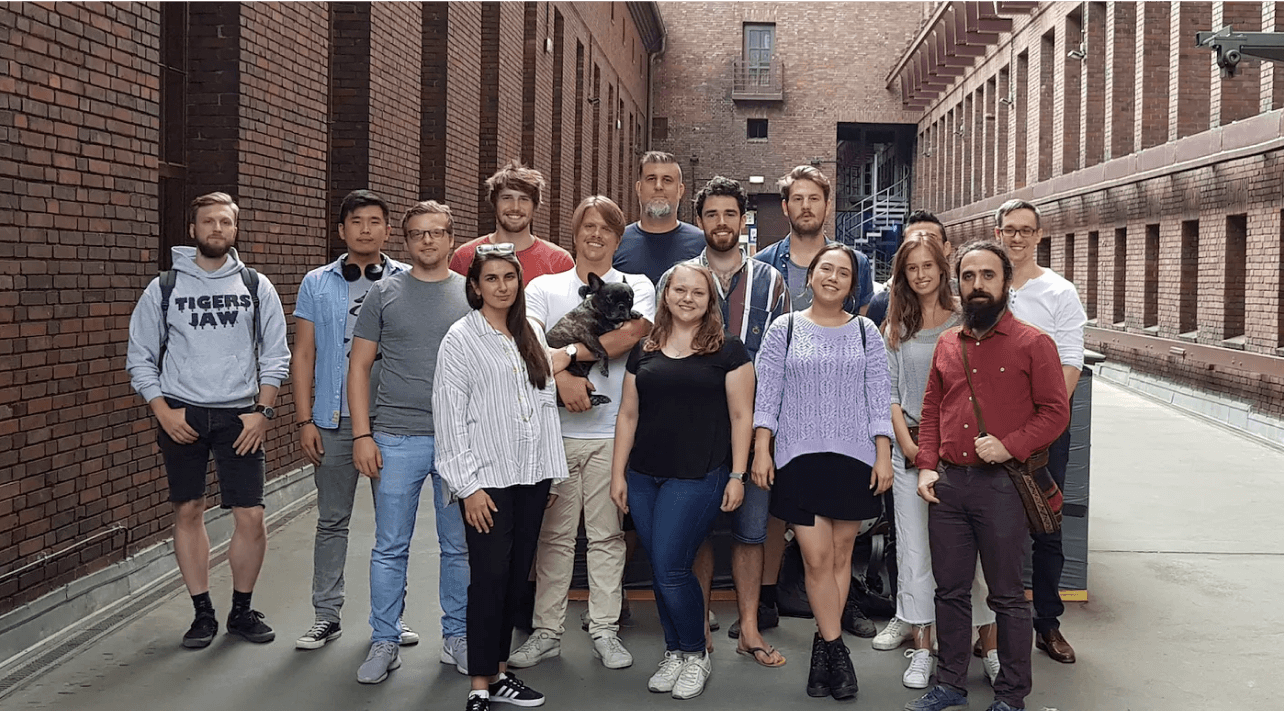
The 2018 team
Designing at the frontier
The C-Levels had a clear vision for what functionality was required, but exactly how that would be packaged and presented to the users was on me. It was an exhilarating position to be in. Neobanks had established many fintech UX patterns, but crypto was still so new. There were certainly other crypto products around — but their UX was awful. Although it ‘worked’ like money, Bitcoin was fundamentally different. For example, if a user sent their crypto to the wrong address, it was lost forever. The stakes were enormous.
Introducing new crypto patterns to novice users in a way that generated trust was absolutely essential.
We were champions and evangelists of this new technology. We wanted to make it accessible to all, not just experts. We wanted to make crypto simple.
The lone designer
At this stage, I was still the only designer in the company. For the entire 12 months of 2018, I personally designed everything. The mobile app, the web app, onboarding flows, the marketing website, the waitlist, the design system, the physical Mastercard and its packaging. Even the letterheads for the bank statements… It was a lot.
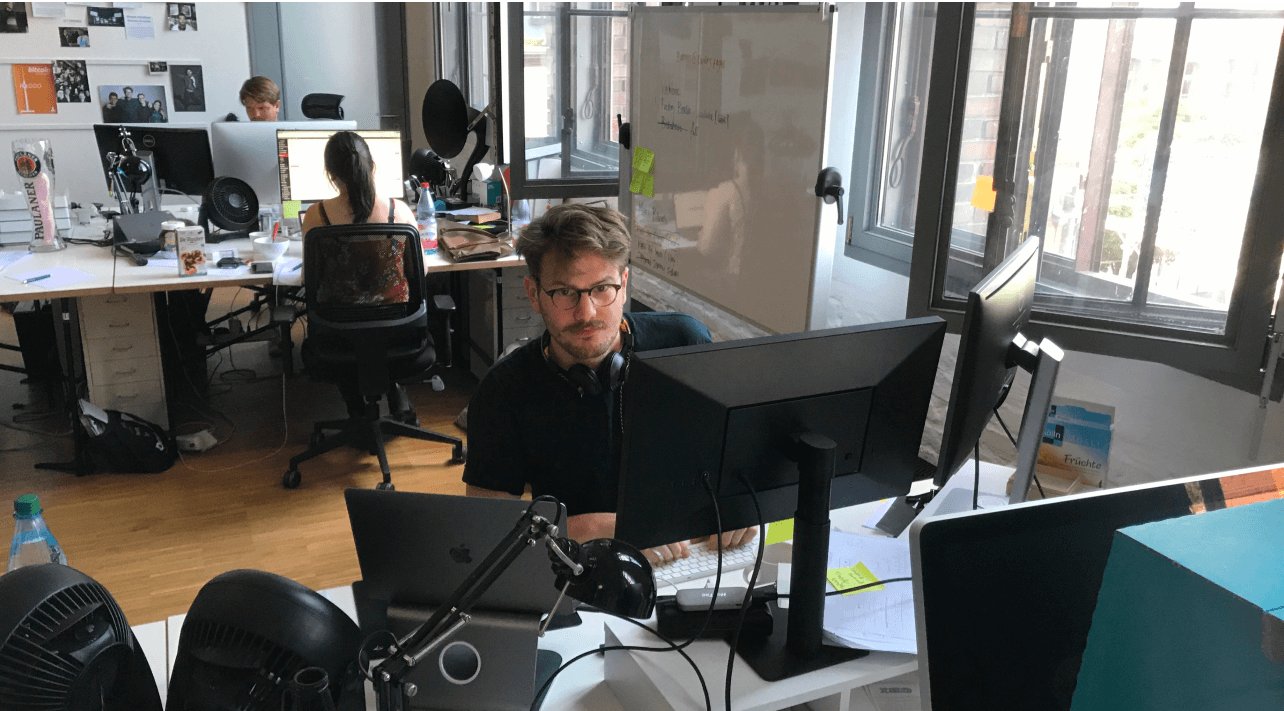
For the product, I stood ahead of 6 very talented engineers. At any given moment, I was blocking everything. I learned how to move fast. Very fast. Not just how to work hard, but how to be effective. Result-oriented. I developed a deep understanding of which corners could be cut, and which couldn’t. A skillset and vision that has served me well since.
Pitching designs & defending decisions
Along with all the impact came the heat. A core company value was ‘the best idea wins’. No blind authority or ownership. Healthy debate was a constant. Everything I put forward was challenged.
Art is subjective. Good design is not. The best design uses the creative process as a problem-solving methodology. It moves projects (and teams) from fuzziness to clarity.
I put forward solutions to problems, ate the criticism, and we iterated together. I developed thick skin and deep reasoning. Another thing I had to master was the executive summary. I would typically have 30 seconds to 2 minutes to pitch & sell an idea to a C-Level between their meetings. I needed to communicate my arguments immediately. And be ready to defend any design decision at any time.
The world’s first crypto bank account
After 12 very intense months, on the 16th of December 2018, we went live. A full German bank account + Bitcoin wallet. All under one hood. In the future, cryptocurrencies and tokens will be part of every bank account. Bitwala was the first.
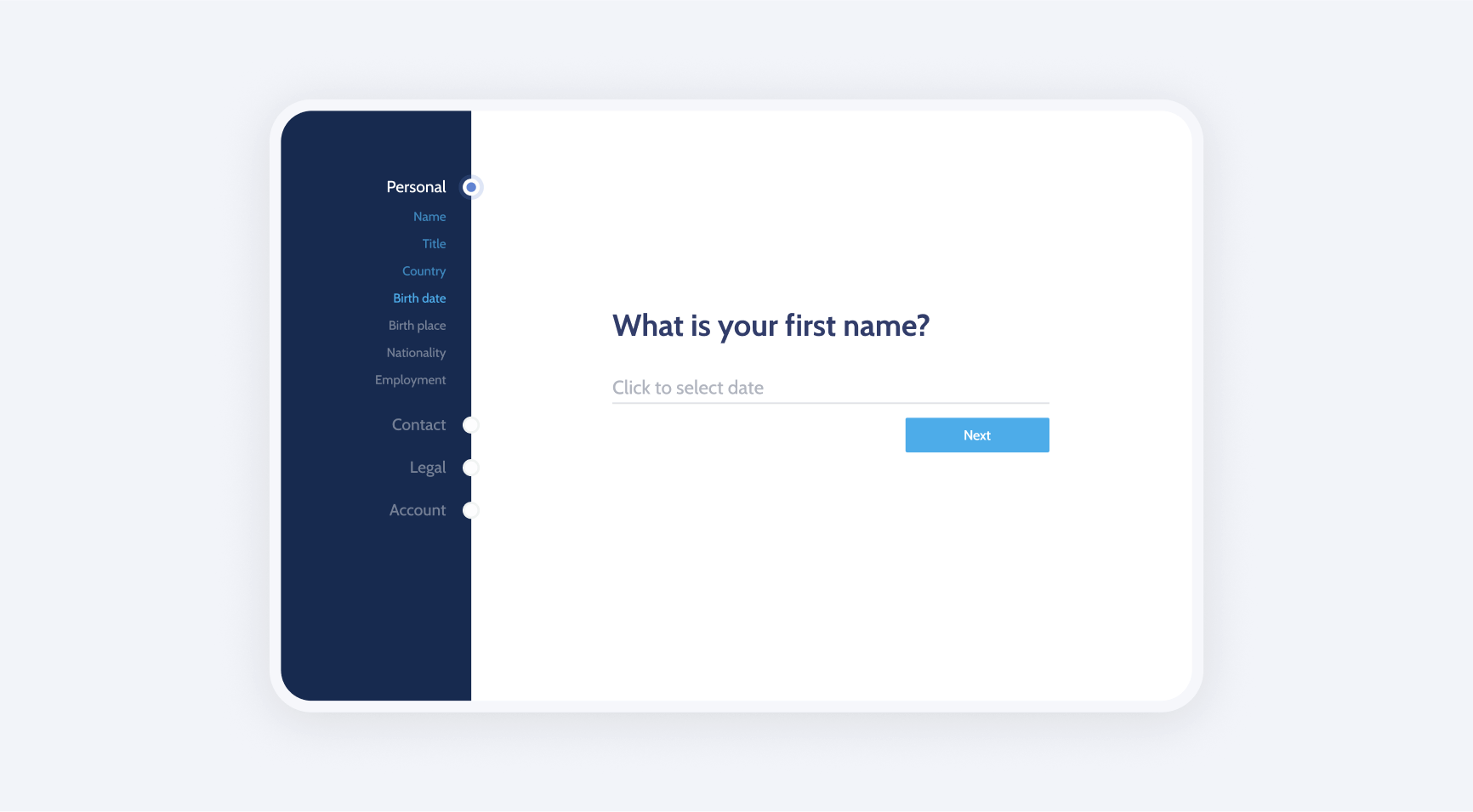
I was travelling in Latvia shortly after the launch. I still remember the feeling of buying a coffee with the card I’d designed, and seeing the transaction come through on the app I’d designed. It was a satisfying moment. We’d made it!
We had TVs mounted in the office, showing live data from our user base — they were all coming off the waitlist. Not long after going live, we raised our Series A, 13€ million funding.
Everything was about to go crazy.
2019 — Stepping into leadership
With funding came much-needed reinforcements. But the reinforcements required coordination… chaos ensued. The team doubled in size in just a few months. From 18 to over 40, and we kept growing. This is a strenuous time for any startup. It’s the transition from a single team to a company of teams. Suddenly, you don’t interact with everyone on a daily basis anymore.
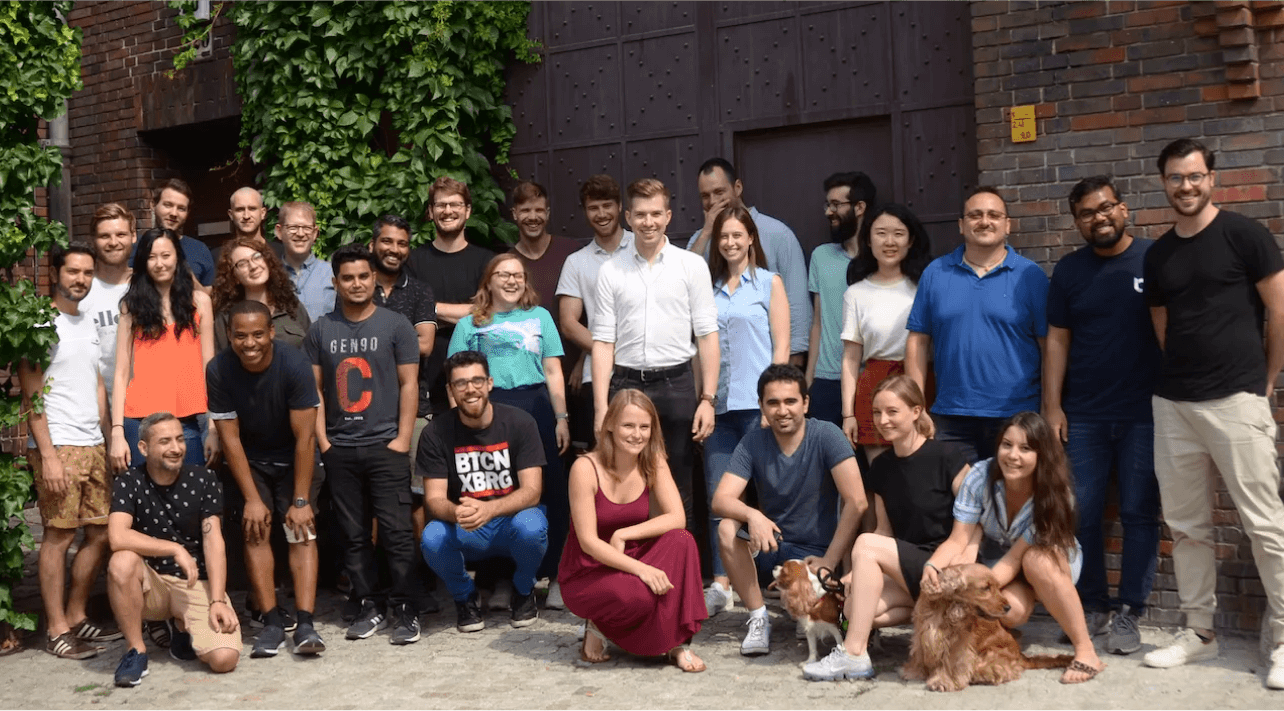
During this time, I transitioned from solo designer to Head of Design. I no longer handled the build for the homesite. I had a dedicated UX designer and Marketing designer. I was learning to design with briefings, rather than pushing every pixel myself. However, I did intentionally remain hands-on in some areas, especially with the product. To this day, I truly believe (and I'm in good company on this) that for a product to succeed, a lead designer must be hands-on and accountable. One leads through the work.
Design — the connective tissue in an org.
My new responsibilities as HoD extended far beyond my department. Design is the connective tissue in a tech org. Before the Chief of Growth arrived, I established many of the creative processes for the marketing department, supporting my marketing designer as we developed the brand and handled marketing’s tactical efforts.
In addition, I collaborated daily with the de facto Head of Product. She pushed for deadlines. I pushed for quality. Our opposing incentives and strong personalities ensured the optimal overall result. And we still managed to enjoy a laugh together after clocking out.
The Bitwala Brand
Brand was my responsibility. Throughout the years of manic hypergrowth, I was the one responsible for maintaining consistency across our public-facing touchpoints. As we grew and evolved, and our firepower expanded, we continuously updated and refined our tone.
Back then, “crypto” was a dirty word. Part of our mission was to bring it from the shadows into the light.
To do that, we needed to create trust. This meant very intentionally creating a warm, playful, human feel.
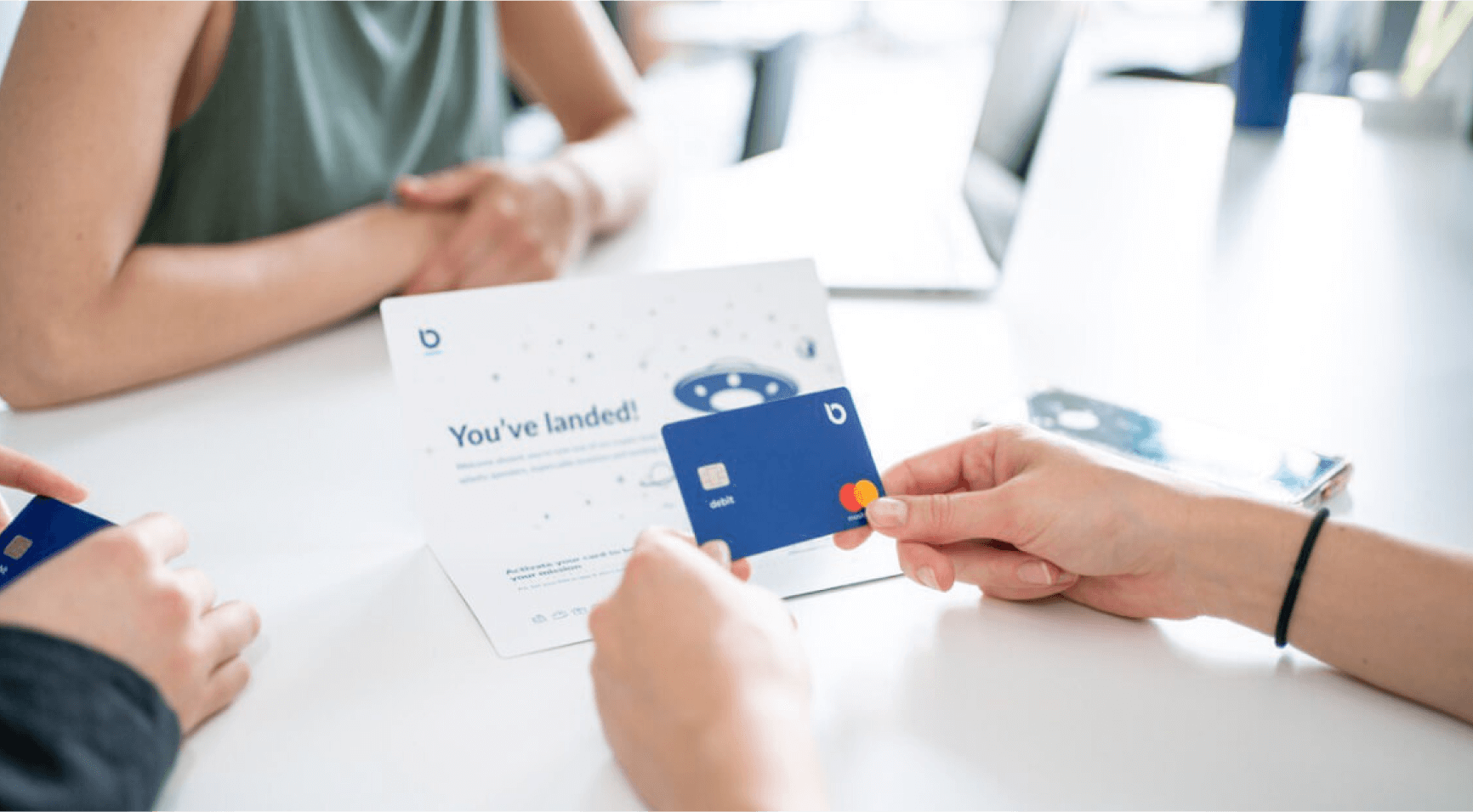

Stepping into Product Strategy
Around mid-2019, we no longer had a CPO. While the CEO & Chief of Growth focused on getting more users, Maria (the effective Head of Product) and myself, the Head of Design, stepped in to fill the missing CPO void.
Maria maintained the live product, coordinating the engineers. I designed new features and drove things forward. This was an incredibly complex time period. To handle it, we formed a product strategy working group in which the 4 of us (CEO, Chief of Growth, Head of Product, and myself) shaped the future of the product.
The Bitwala Portfolio — The heart of the product
By early 2019, the Bitwala product was strong. It included a full German bank account, a Bitcoin wallet, an Ether wallet and the possibility to earn interest on your crypto deposits. The separate functionality was powerful — but it still felt like a bundle of features rather than a single entity. The product was missing a unifying element to pull everything together and dazzle the user. The Bitwala portfolio.
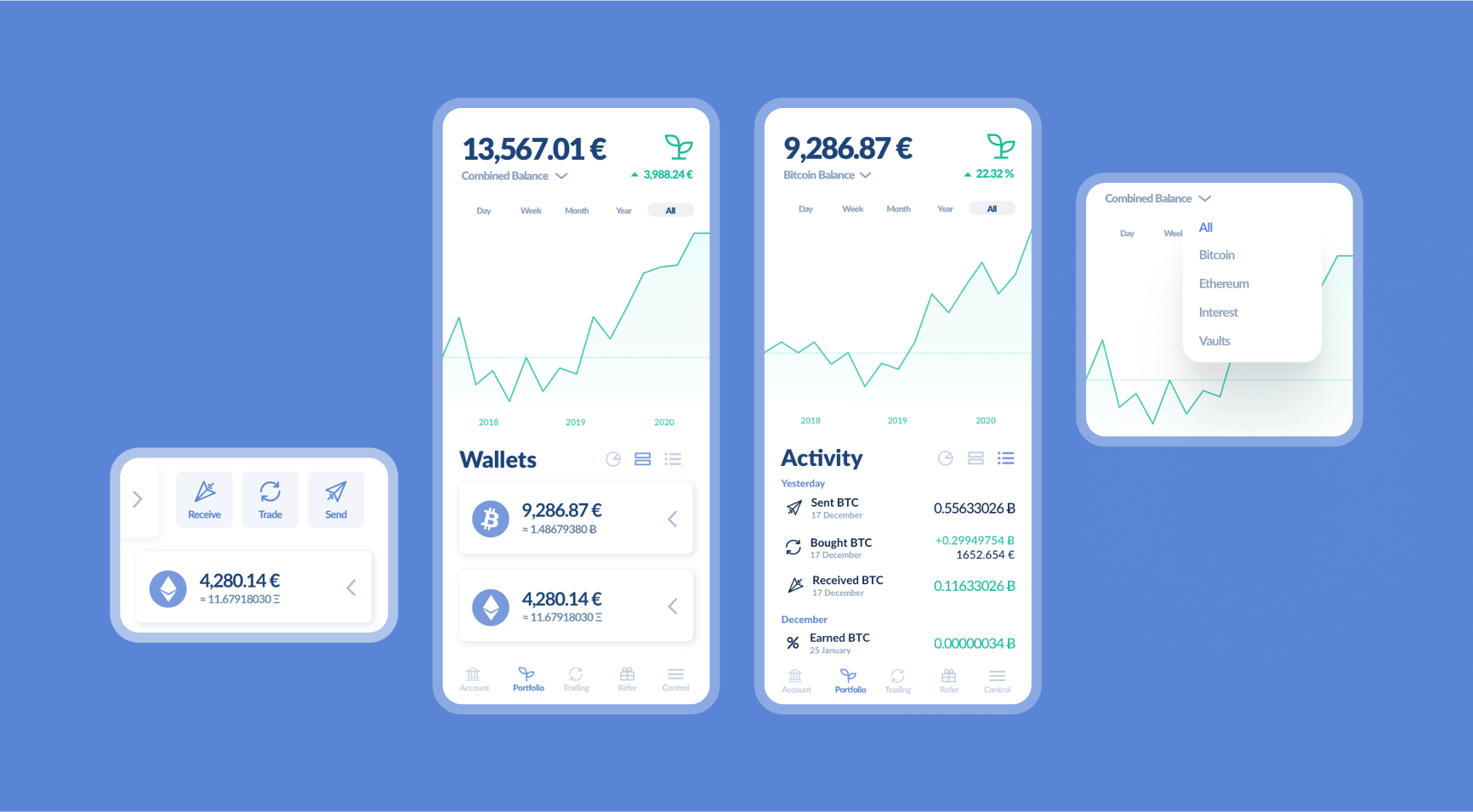
Collaborating and coordinating with most of the company, I led the creative process for this feature over several months. The Bitwala portfolio became the keystone of the Bitwala product, combining all the excellent functionality the company offered into a single intuitive view. It was the leading feature that took Bitwala to its Series B funding round.
For a deep into the creative process and problem solving behind this project, check out this case study
Mid 2020 — Bitwala as I left it
In just 4 short years, we’d grown from a few scraggy dreamers to one of Germany’s leading startups, serving over 100,000 active users across multiple countries.
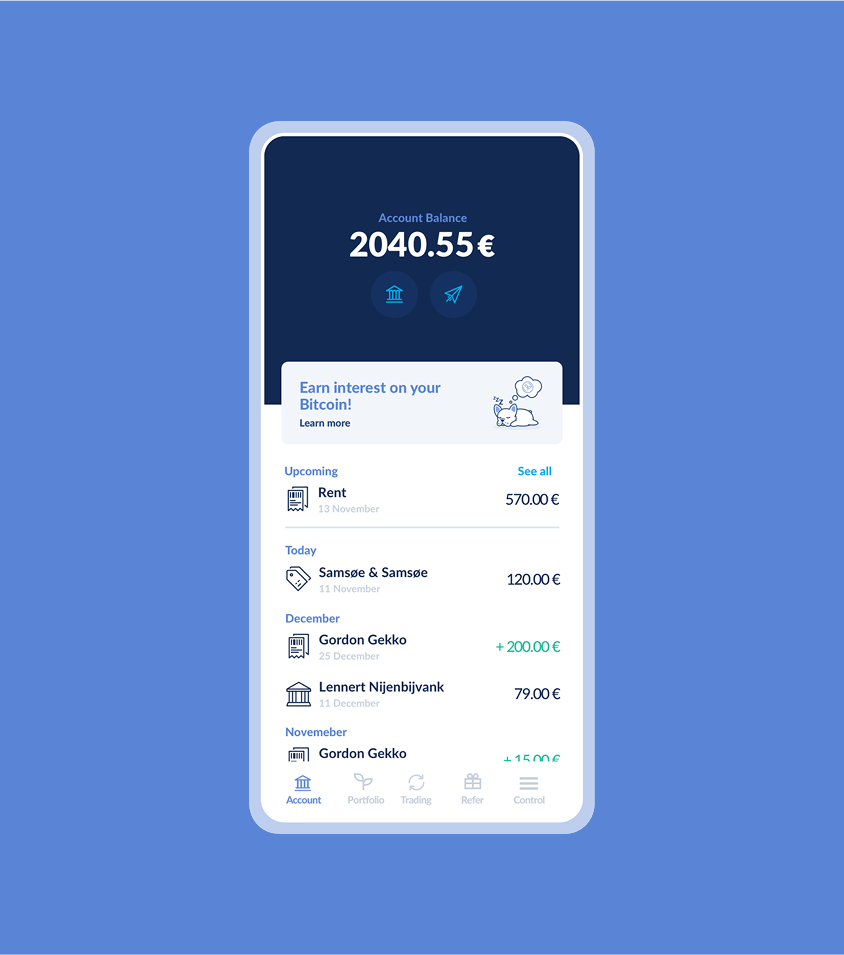
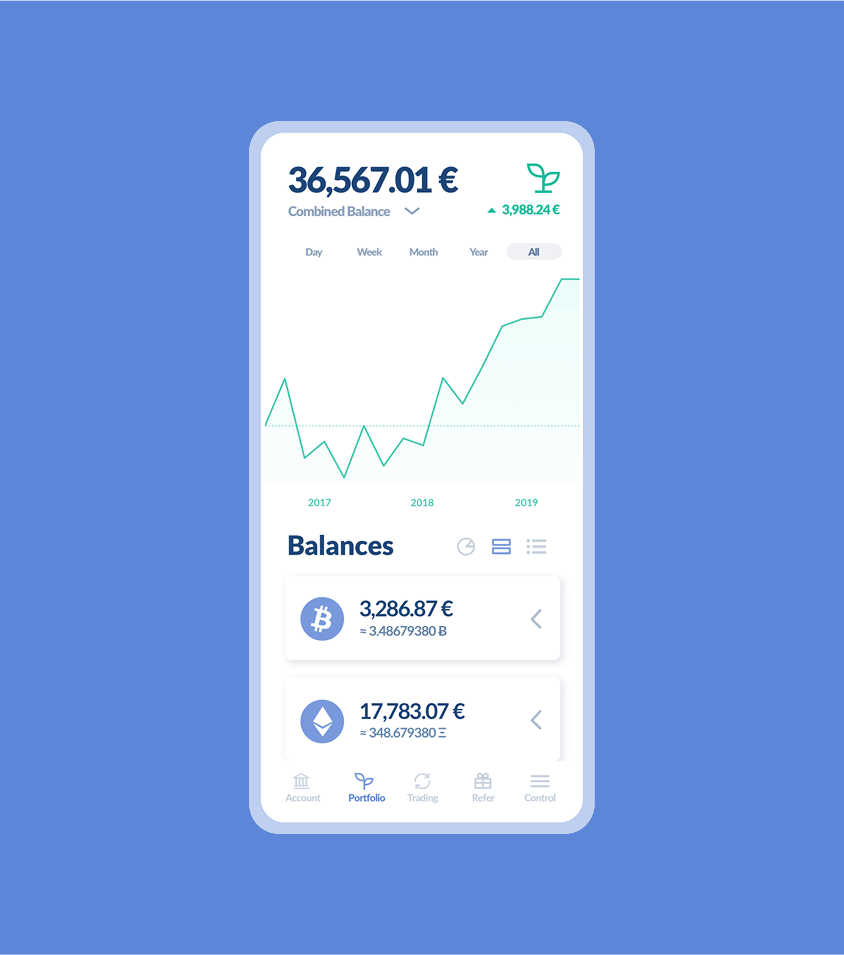
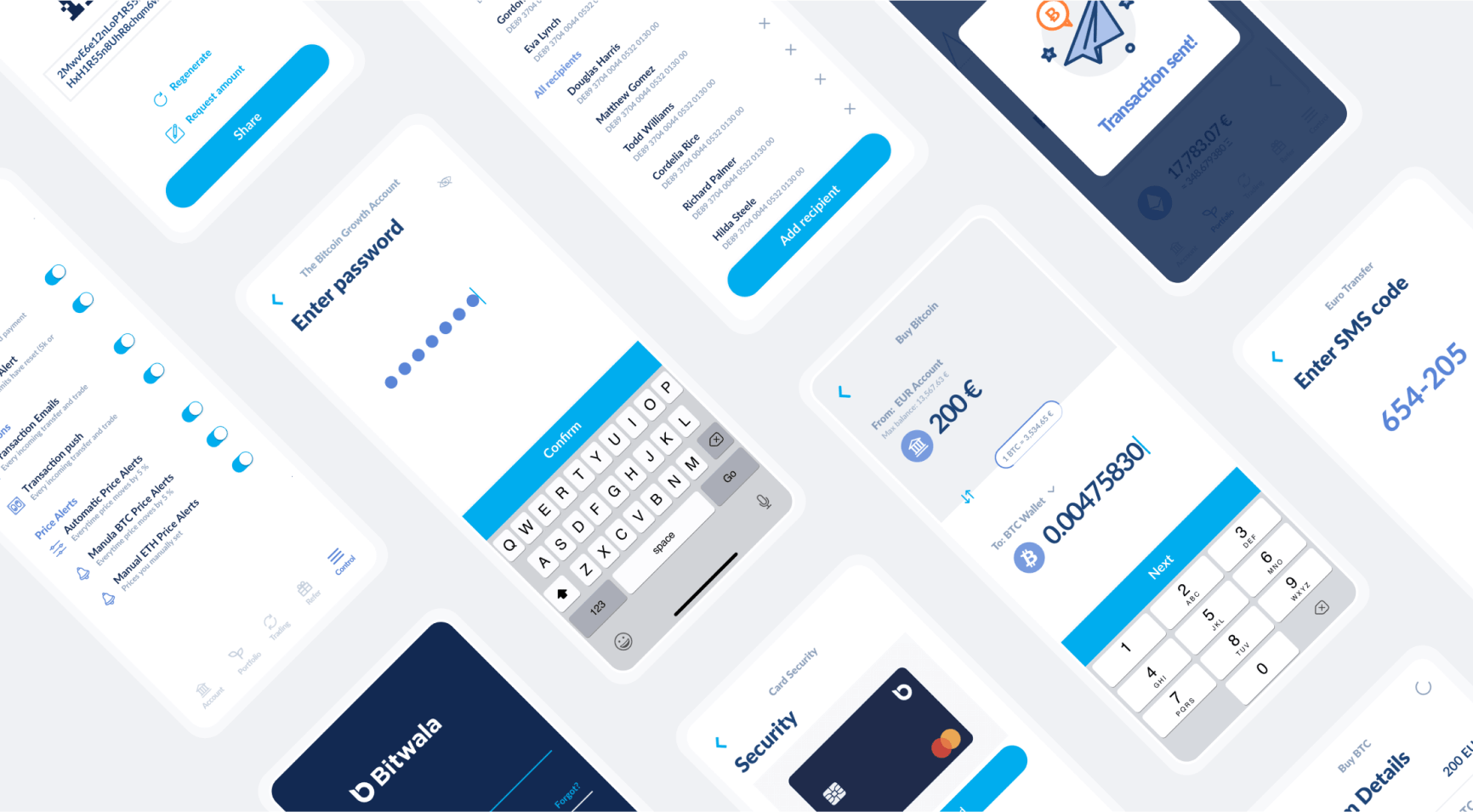
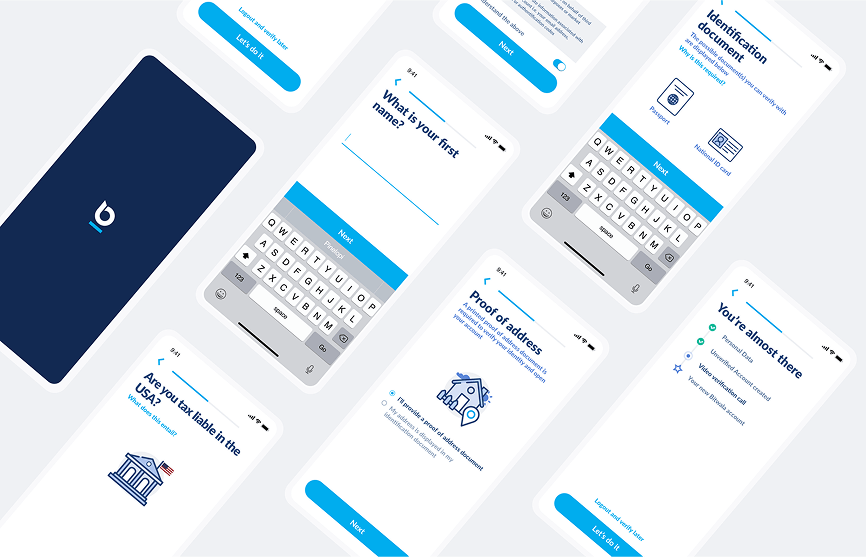
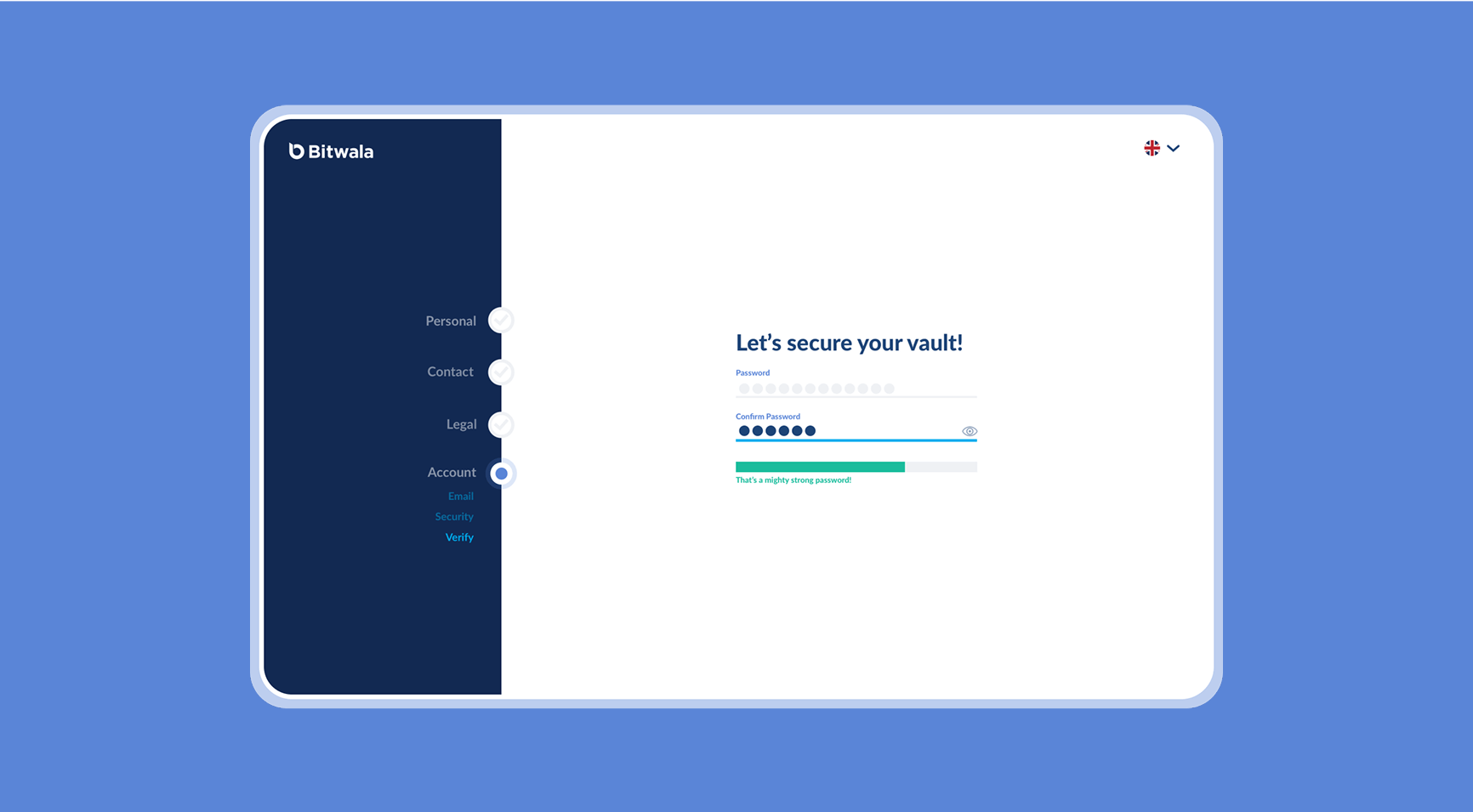
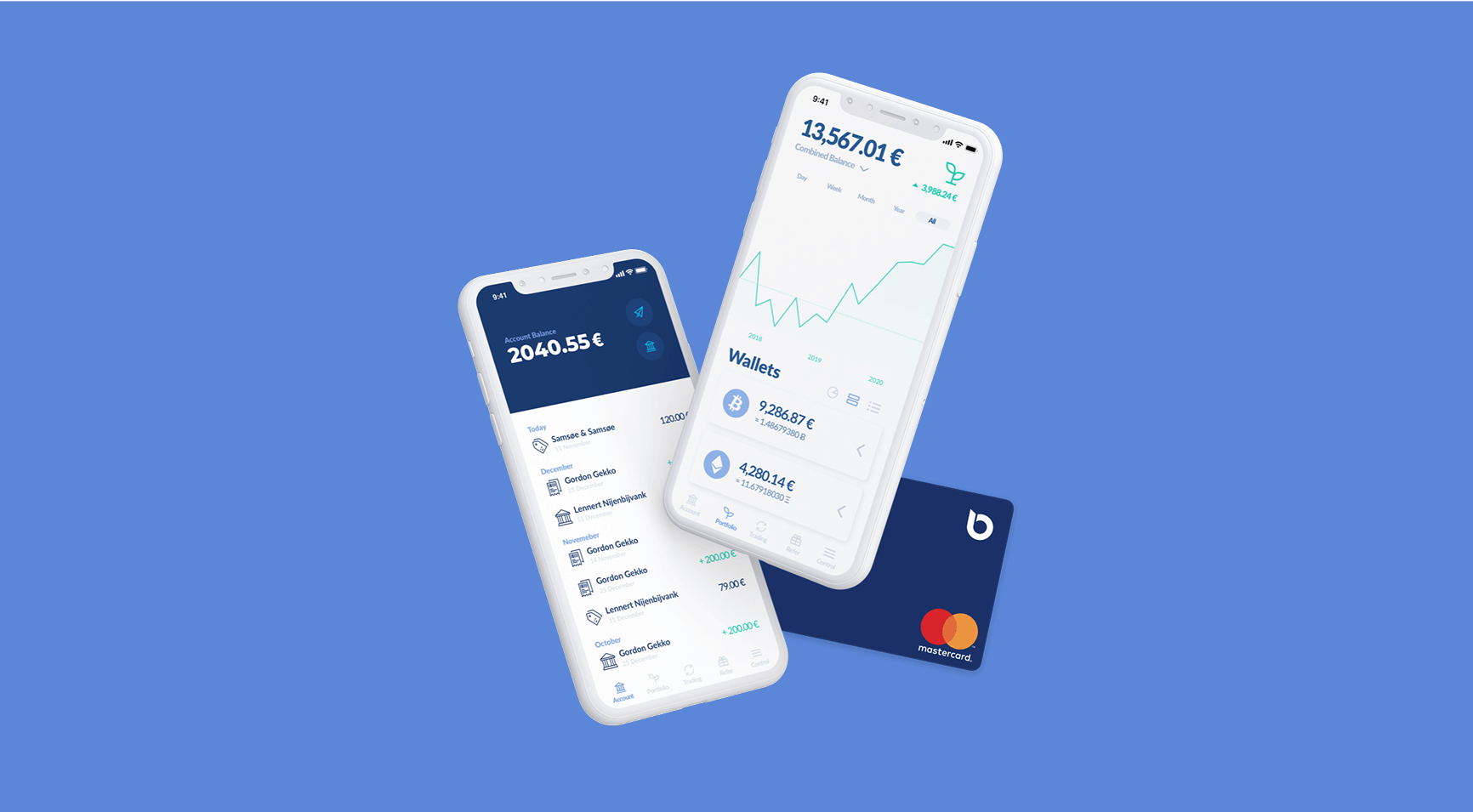
Awards & Recognitions
- Paris Fintech Forum (2017): 1st Place, Best Blockchain Startup
- European ICT Awards (2017): Named Future Fintech Star
- Der Deutsche Innovationspreis (2017): 3rd Place
- Pioneers Festival (2017): Best Finance Startup
- European Commission Seal of Excellence (2020): Horizon 2020 Proposal recognised
- Web Summit (2019): Top 10 most requested startups by investors
- Euro Award (2020): Blockchain account rated "sehr gut" (very good)
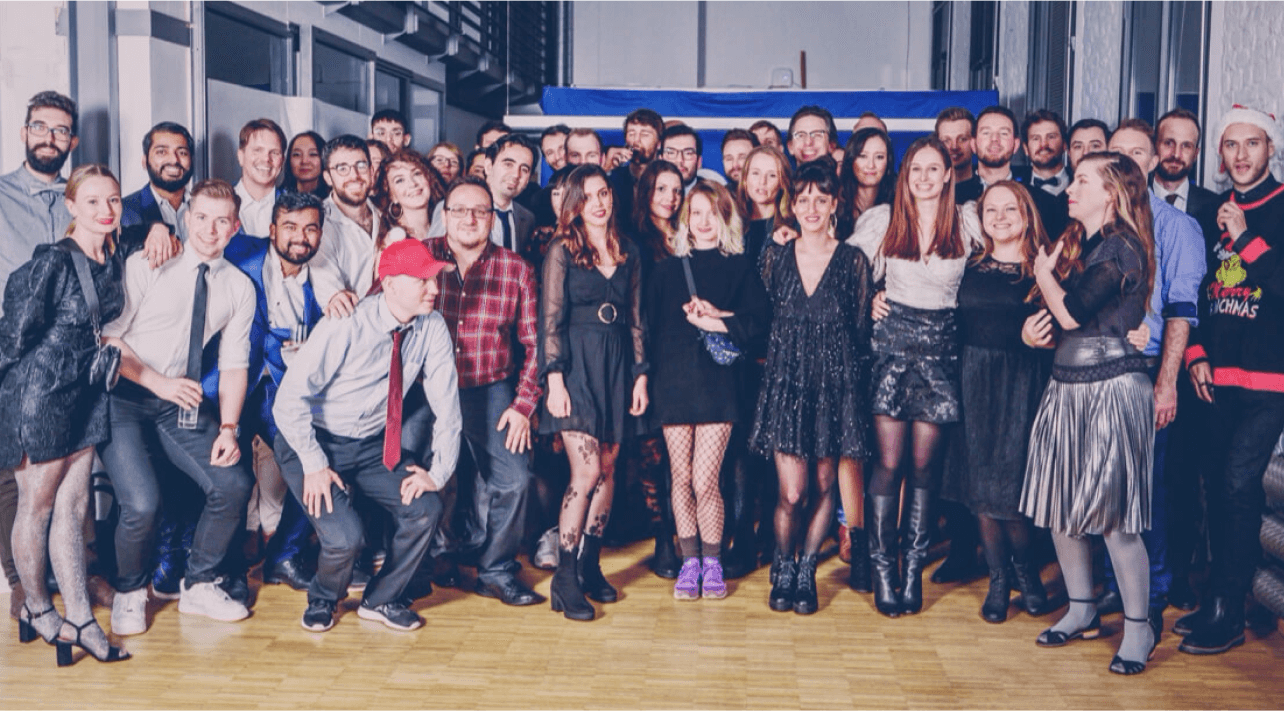
2019 Christmas Party
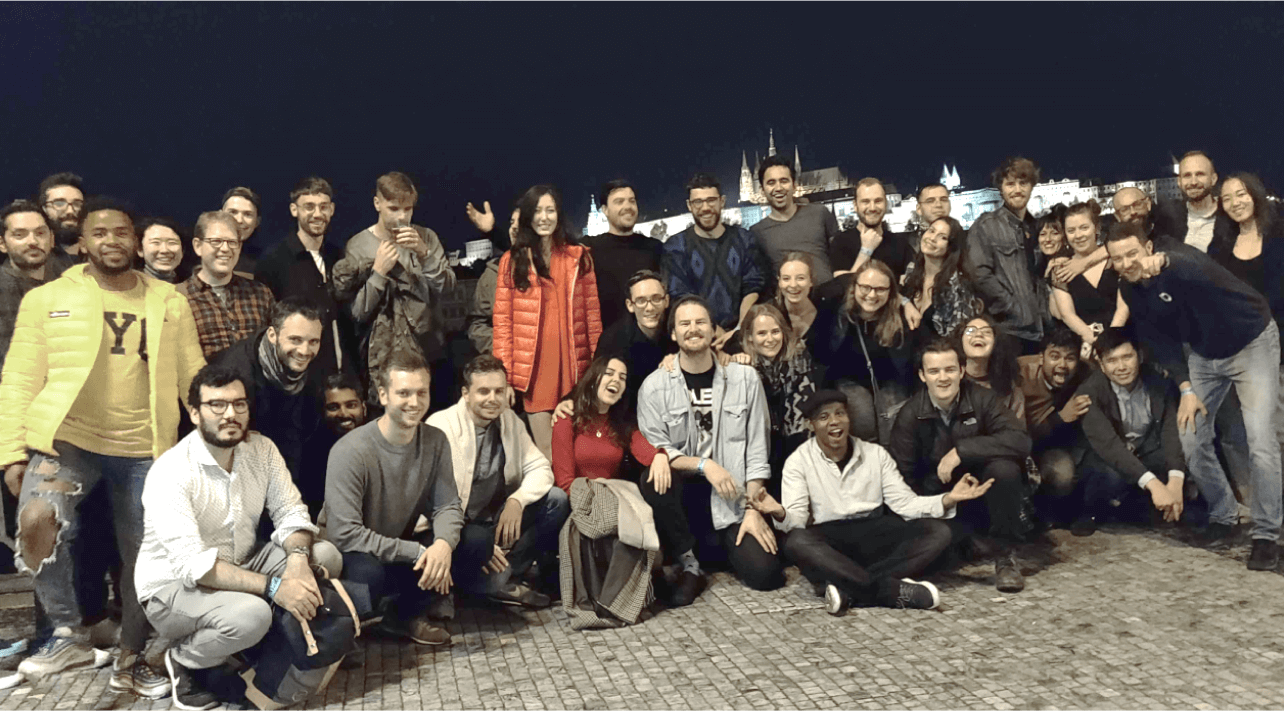
2020 Trip to Prague
“The contributions Jeremy made to Bitwala played a pivotal role in our success. We can’t wait to see what SlowLettuce Studios achieves, and wish him all the best.”
A fond farewell
After 4 years of being in the same industry, the same brand, I was ready for a new challenge. As I left Bitwala, leadership went through several changes, and the company rebranded to Nuri. A few months after my departure, they won 1st place for the Fintech Germany Award (later stage) and achieved a valuation of 144€ million.
It was always my dream to start my own company. I felt like I was ready. I never would have guessed that just a couple of years later, leading my own studio, we’d be designing an entire crypto bank again — this time in just 12 weeks. Fasset, based in Dubai, is the second product that I’ve led the design of, that’s reached a valuation of over 100€ million.
At SlowLettuce Studios, our mission is to support the innovators and game changers of our times. We’re just getting started.
Have a project in mind?
Share your idea with us!
